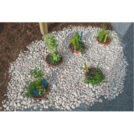
Students will determine a rule for classifying outdoor objects based on physicalproperties of matter.
- Subject:
- Physical Science
- Material Type:
- Lesson Plan
- Author:
- Out Teach
- Date Added:
- 07/22/2021

Students will determine a rule for classifying outdoor objects based on physicalproperties of matter.
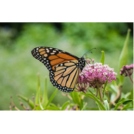
Esta es una lección para el aprendizaje a distancia que los alumnos pueden completar en casa.Algunos seres vivos y sus hijos tienen rasgos que son similares, pero no son exactamente iguales. Los estudiantes identificarán los rasgos de las plantas y predecirán cuáles serían los rasgos de su descendencia.Esta actividad fue creada por Out Teach (out-teach.org), una organización sin fines de lucro que proporciona aprendizaje experiencial al aire libre, con el objetivo de transformar la educación de las ciencias para los estudiantes en comunidades más desatendidas.
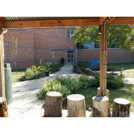
Students will use their knowledge of operations and estimation to solve real world problems.
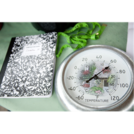
Students will make it a regular practice to record weather data using thermometers, wind vanes and rain gauges.
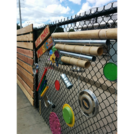
Students will use their knowledge of earth's natural resources to identify resources in the outdoor classroom and classify these resources as either renewable or non-renewable.
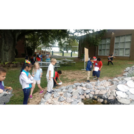
Students will explore the components of soil and make a model of sedimentary rock layers and fossil fuels.

Students will identify and compare attributes of two-dimensional and three- dimensional shapes in the world around them.
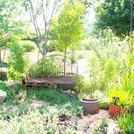
Students will identify and compare attributes of two-dimensional and three- dimensional shapes in the world around them.
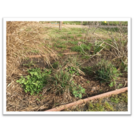
Students will prepare the vegetable beds for planting exploring how simple and compound machines work.
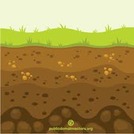
Students will study the soil both in the school garden and then in their outdoor environment at home. They will compare the various soils to identify the soil types they observed and discuss the plant life each soil type supports. Students will time the flow of water through different soils and observe the amount of water held in these soils. They will also observe the filtering ability of soils by noting the clarity of the water before and after it passes through the soil.
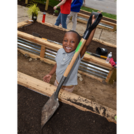
Students will measure the dimensions of containers in the garden to determine the volume of soil and work out computations based off the volume.
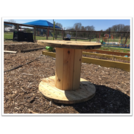
Students will arrange themselves in planetary order and determine the distance from the sun.
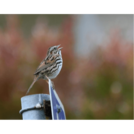
Students will listen for sounds in the garden paying careful attention to volume (how loud or soft a sound), pitch (how high or low) , or if it is a natural or man- made sound.
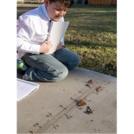
Students will identify which unit of measure inch, foot or yard) is best for measuring various items in the outdoor garden. They will then apply the use of the appropriate tool to measure a variety of objects to the nearest marker.
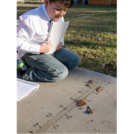
STUDENT ACTIVITY -- 2nd Grade -- TX/GAThis is a distance-learning lesson students can complete at home.Students will identify which unit of measure-inch, foot or yard-is best for measuring various items in the outdoor space. Then, they will use the appropriate tool to measure a variety of objects to the nearest marker.This activity was created by Out Teach (out-teach.org), a nonprofit providing outdoor experiential learning to transform Science education for students in under-served communities.
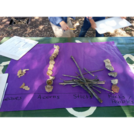
Students will use their knowledge of stem and leaf plots to represent temperature in various locations outdoors.
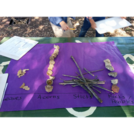
STUDENT ACTIVITY - 4th --TXThis is a distance-learning lesson students can complete at home.The student will use your their knowledge of stem and leaf plots to represent temperature in various locations outdoors.This activity was created by Out Teach (out-teach.org), a nonprofit providing outdoor experiential learning to transform Science education for students in under-served communities.
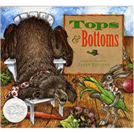
Students will describe the plot and study traits, motivations and feelings using Tops and Bottoms by Janet Stevens.
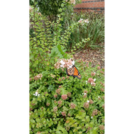
En esta lección desarrollarás tu fluidez matemática, al sumar datos sobre insectos, recolectados al aire libre.Esta actividad fue creada por Out Teach (out-teach.org), una organización sin fines de lucro que proporciona aprendizaje experiencial al aire libre, con el objetivo de transformar la educación de las ciencias para los estudiantes en comunidades más desatendidas.
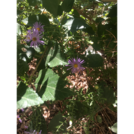
Students will work in teams to determine how to best conduct an experiment outdoors to see if plants need sunlight and water to grow.